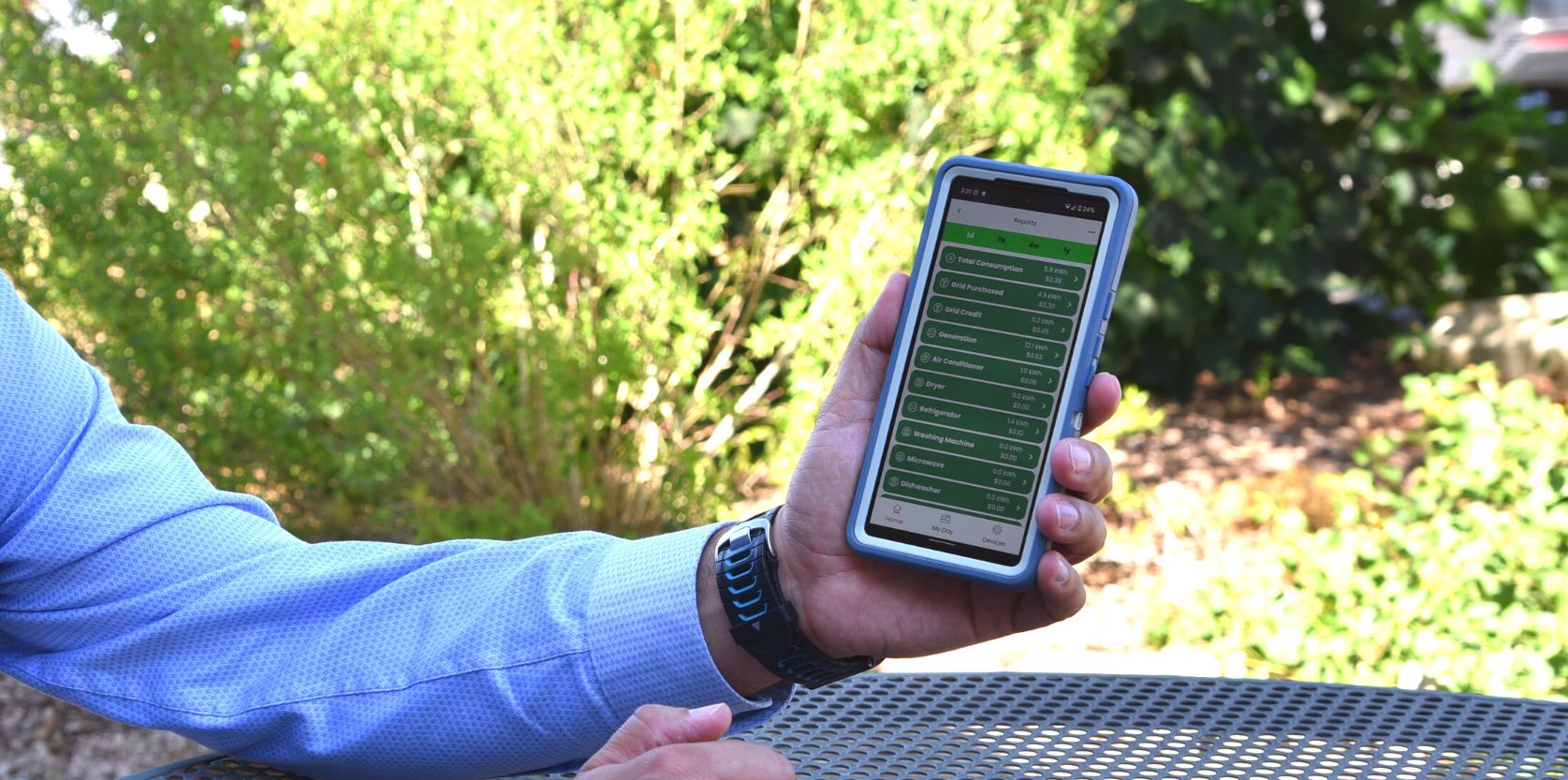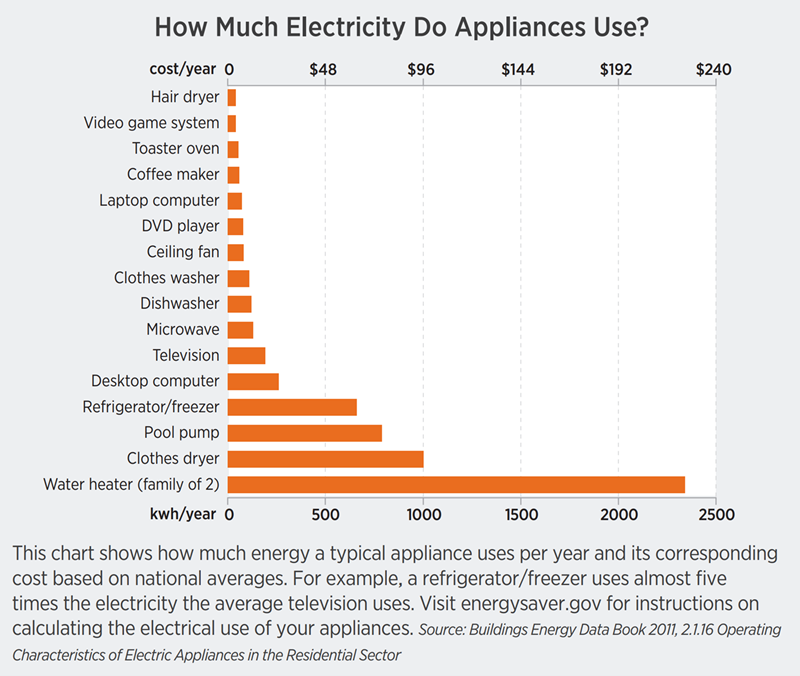
Have you ever looked at your energy bill and thought “how could it be this high?” or “how am I using so much energy?” Understanding how you use energy and which items in your home use the most electricity can help you answer your questions, reduce wasteful electricity use, and save money on your bill.
In the U.S., we consume about
21% of our energy in our homes, and the average Texas household uses about
1,100 killowatt-hours and spends about $130 on electricity per month. Most of this energy use,
about 55%, goes toward space heating and cooling. Because of our hot climate in Texas, households use more air conditioning compared to most other parts of the country to make our homes comfortable and safe. However, heating and cooling are such huge contributors to electricity bills across the country that it is a good idea to get a tune up for your heating, ventilation, and air conditioning (HVAC) system to make sure it is running efficiently. You can also use a smart or programmable thermostat to schedule your cooling or heating to run when you are home or likely to be home. That way, you can make sure you use energy when you need it and reduce your energy use when it’s not needed. You can also adjust your A/C temperature to about 78F in the summer and your heater down to about 68F in the winter to save even more energy and money. Make sure you keep a safe temperature for you and your family and pets, though.
Your home influences how much electricity you use on heating or cooling. Homes that have poor insulation in the floor, walls, ceiling, or attic can have trouble maintaining temperature. They let heat into the home during summer or leak heat out of the home during winter. That means this summer, when you want to cool your home, you’ll spend much more energy trying to do so. Making sure your home is well insulated can reduce your electricity bill. It may even keep you safer during a power outage. Sunny windows can also let heat into your home when you don’t want it. Adding shade like curtains or awnings to windows can help.
While heating and cooling are a large component of our energy use, we use the other 45% of our electricity mainly on water heating, appliances, electronics like television and media equipment, and lighting. Choosing efficient appliances, electronics, and lighting can be a big electricity and money saver. Use
Energy Guide labels when choosing appliances. They show average electricity consumption and cost to operate the appliance in a year. Choosing electrical appliances instead of natural gas appliances will increase your electricity use but reduce your natural gas use. Because electrical appliances are more efficient, you’ll reduce your overall energy use and your total monthly bills.

Likewise, choose LED lightbulbs to reduce your electricity use for lighting. Old bulbs turned electricity to heat and then to light, wasting energy and warming our rooms—even worse when we’re trying to keep cool! LEDs turn electricity directly into light, reducing that waste. You can find them in multiple colors, so make sure to choose a shade that is comfortable for your home.
Understanding the various ways you use energy in your home can be complicated. Conducting an energy audit can help you assess your home and find the most cost-effective ways to save. While professional home energy audits can provide the most detail and custom recommendations, there are multiple resources available to collect information yourself. The Department of Energy has a Do-It-Yourself Home Energy Assessment. The
ENERGY STAR Home Energy Yardstick compares your energy use to other households based on the size of your household, your home, and your location.
ENERGY STAR Home Advisor can give you recommendations to help improve your energy efficiency.
Posted: 12/16/2022 11:19:48 AM
Author: